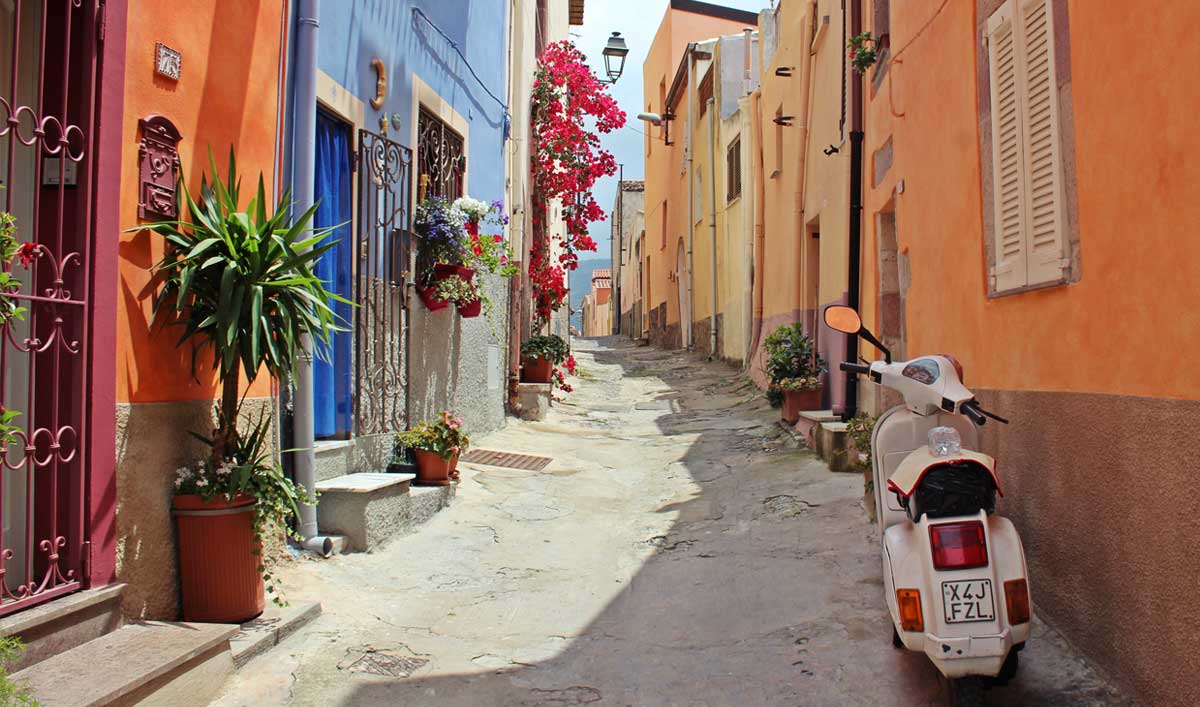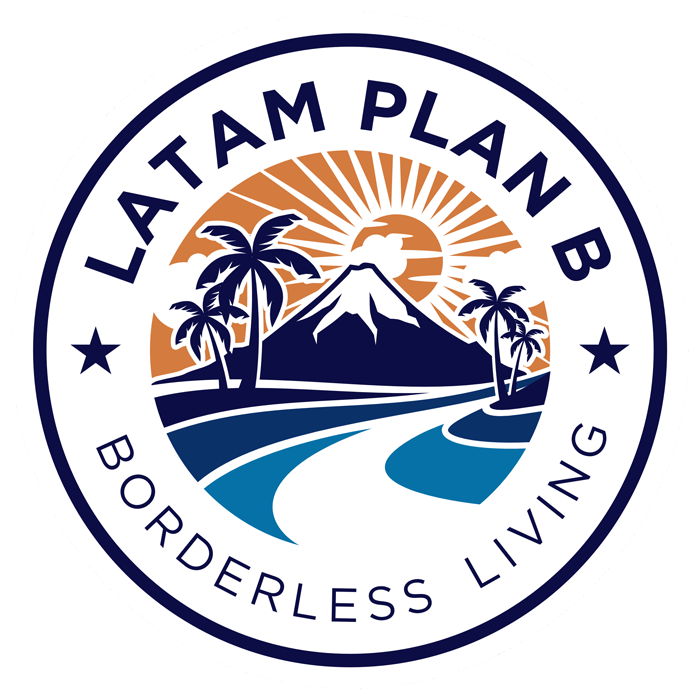Are you dreaming of living in Latin America? Whether you’re looking to retire, study, work, or have a plan B, obtaining the best residency visa for your situation is essential to making your dream a reality.
Why get residency?
A residency status in Latin America gives you more freedom of choice, and more rights and privileges than a tourist. Depending on the exact type of visa, there’s a range of general benefits of obtaining residency:
- Visa-free travel within Latin America
- No more nervous moments at immigration after multiple entries
- Ease of opening an account with local banks
- Ability to obtain a local driver’s licence, and buy and register a car
- Entry into business opportunities within Latin America
- Ability to work and find employment
- Tax benefits, such as reduced income tax rates or exemptions on certain types of income
- Access to public healthcare and education systems
- Access to special rates and discounts, such as entry into national sites and events
In Latin America, there are several types of residency visas available, each with its own unique set of requirements and benefits. Let’s take a closer look at each one.
Temporary residency visa
A temporary residency visa is the most common type issued in Latin America. This visa allows you to reside in a Latin American country for a limited period of time, usually ranging from one to five years, with the possibility of renewal. This means that during the visa’s validity, you won’t need to do border runs, and you’re guaranteed to be allowed back into the country if you do travel internationally.
Some countries require temporary residency visa holders to remain in the country for an allocated time each year. For example, Peru requires temporary residents to remain in the country for at least 180 days out of each calendar year. Other countries like Mexico have no requirements or limits on how long you can remain outside of the country while you’re a temporary resident.
Temporary residency visas can have several categories for application, such as investor, work, retirement, education, and marriage, among others.
During and after the pandemic, a special residency type was added to some countries to cater to foreigners who were not able to return to their country of citizenship. Mexico, for example, opened the Regularization Visa in 2021 for those who had to overstay in Mexico during the pandemic. This was the visa that as founders of Latam Plan B we utilized for our own residency status in Latin America. After receiving temporary residency, we were then able to add our parents, and children under eighteen years of age to give them residency status in Mexico too.
The requirements for the application of a temporary residency visa vary depending on the category of visa, and may vary depending on the country. But they usually involve proving your income, a clean criminal record, and a valid passport.
Most countries in Latin America require a temporary residency visa as a first step in obtaining permanent residency, and then citizenship.
Permanent residency visa
The permanent residency visa grants you the right to live in a Latin American country permanently. You’ll have the same rights and privileges as a citizen, including the right to work and access public services. This means you can build a life in Latin America, start a family, and contribute to the local community.
One of the biggest benefits of a permanent residency is that it provides you with stability and security. You won’t have to worry about renewing your visa every year or being forced to leave the country.
To qualify for this type of visa, you may need to meet certain criteria, such as investing in the country or marrying a citizen. Most countries also allow applications for permanent residency after some years of temporary residency have been completed. The country just wants to know that you have a strong intention of making their country your new home.
Once you obtain a permanent residency visa, you can live and work in the country indefinitely, and in some cases, you may be able to apply for citizenship after a certain number of years.
Just like with temporary residency visas, permanent residency can have several categories for application. These categories vary by country, but are in general the same. This is where it can get a bit confusing, as some countries in Latin American offer permanent residency without needing to first obtain a temporary residency visa, while others will require temporary residency first. However, the cases where foreigners can skip the process of temporary residency are the minority, and usually require marriage or a substantial investment into the country.
And then there are the countries that offer “somewhat in-between”. For example, in Uruguay you are given temporary residency status while waiting for your application to be approved. After about 12-18 months, when your application is approved, this status switches to permanent residency.
If you’d like help choosing the visa type that is the most ideal for you in Latin America, contact our expert team at Latam Plan B.

Visas categories
While the following are the general visa categories offered in Latin America, it’s important to note that each country has its own terminology for each visa type. It’s also of significant importance to understand that these visa types will be offered as either temporary OR permanent residencies, depending on the country.
Investor visa
An investor visa allows you to invest in a Latin American country and, in return, gain the right to reside there. This visa is designed to attract foreign investment and is an excellent opportunity for those who want to invest in Latin America’s growing economy while also obtaining residency.
The requirements for an investor visa typically involve investing a certain amount of money in real estate, starting a business, investing in stocks or bonds, or making a large charitable donation. In some cases, the investment may be quite substantial, but the benefits of residency and the potential returns on investment can make it worthwhile.
Know about Citizenship by Investment (CBI)? If not, check out this article: Your Gateway To A New Life In Latin America With Citizenship By Investment
Marriage visa
Marriage visas allow foreign nationals to enter and reside in a Latin American country based on their marriage to a citizen or permanent resident of that country.
To apply you may be required to submit various documents, such as marriage certificates, divorce decrees, or birth certificates, and have them authenticated or translated as necessary.
Depending on the country you may also be required to demonstrate financial stability and/or a lack of criminal history. This may involve providing evidence of income or assets, or undergoing a background check.
Family resident visa
A family resident visa allows foreigners to reside in a Latin American country with their family members, who are citizens or permanent residents of that country.
In order to apply for a family resident visa, the applicant must have a close family member who is a citizen or a permanent resident of that country, such as a spouse, parent, or child. This is a common visa type for foreigners who have given birth to a child in a Latin American country.
Retirement visa
A retirement visa allows you to live in a Latin American country as a retiree. This visa is an excellent opportunity for those who want to enjoy their retirement in a relaxed and affordable environment with a high quality of living.
The requirements typically involve demonstrating that you have sufficient income to support yourself during your retirement years. This income could come from a pension, savings, or investments. Some countries may also require you to purchase health insurance or show proof of your ability to pay for healthcare.
A significant benefit of a retirement visa is that it can provide you with greater financial security. Many Latin American countries have a lower cost of living than the United States or Europe, meaning your retirement savings can go further. Additionally, some countries may offer tax incentives or discounts for retirees, further boosting your financial security.
For more information on retiring to Latin America, check out this article: Why More And More Retirees Are Moving to Latin America
Student visa
A student visa allows you to study while you reside in a Latin American country. This visa is a great option if you want to integrate into the local culture, improve your language skills, and gain international experience.
Latin America has many high-level universities and academic programs, which can offer you the chance to learn from some of the best minds in your field of study.
Generally, you’ll need to be enrolled in a recognized educational institution and show proof of your enrollment to apply for this visa. You may also need to provide evidence of your financial support or demonstrate that you have sufficient funds to cover your living expenses during your stay.
Work visa
A work visa allows you to work legally in a Latin American country. This visa is designed to attract skilled professionals to the region and is an excellent opportunity if you want to advance your career while experiencing a new culture and way of life.
To apply you’ll need to have a job offer from a recognized employer in the country and show proof of your qualifications and experience. You may also need to provide evidence of your financial support or demonstrate that you have sufficient funds to cover your living expenses during your stay.
Digital nomad visa
Digital nomad visas are a relatively new type of visa that is becoming more common in Latin America. These visas have been utilized to fill a gap where more people are remote working and have the ability to live and work for themselves or for international companies while residing in Latin America.
The requirements for a digital nomad visa may vary depending on the country, but generally, you’ll need to show proof of your remote work and income, such as a contract or letter from your employer. Or if you work for yourself, you’ll need to show proof of solid and regular income over several months.
Many Latin American countries offer coworking spaces, networking events, and other resources to support the digital nomad community.
For more detailed information on the life of a digital nomad in Latin America, check out this article: Living The Dream: How To Be A Digital Nomad In Latin America
Final thoughts
Latin America offers a range of residency visas that cater to different needs. Understanding the different types of visas available can help you to decide which visa is right for you.
For example, if you plan on living in Latin America for a significant amount of time or even indefinitely, then you may want to consider permanent residency and eventually citizenship (check out this article: The Difference Between Residency & Citizenship In Latin America).
It’s also important to consider your budget, and if you need your residency visa to cover asset diversification and increased mobility.
Whether you’re looking to retire in paradise, invest in a promising economy, become a digital nomad, or pursue your educational and career goals, our expert team at Latam Plan B can advise you on your most optimal residency visa.
